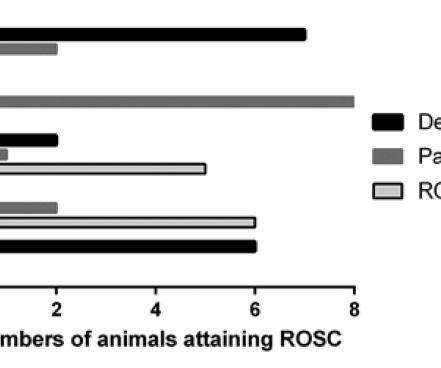Awake, and Paralysed: A Never Event
Don't Forget the Bubbles
NOVEMBER 29, 2023
Tragically, several attempts at resuscitation upon arrival at the emergency department were unsuccessful. This is referred to as CPR I nduced C onsciousness ( CPRIC ). Rocuronium ( a muscle relaxant ) alone was administered as he became combative. Another attempt led to an oesophageal intubation. Ben was awake but paralysed.














Let's personalize your content